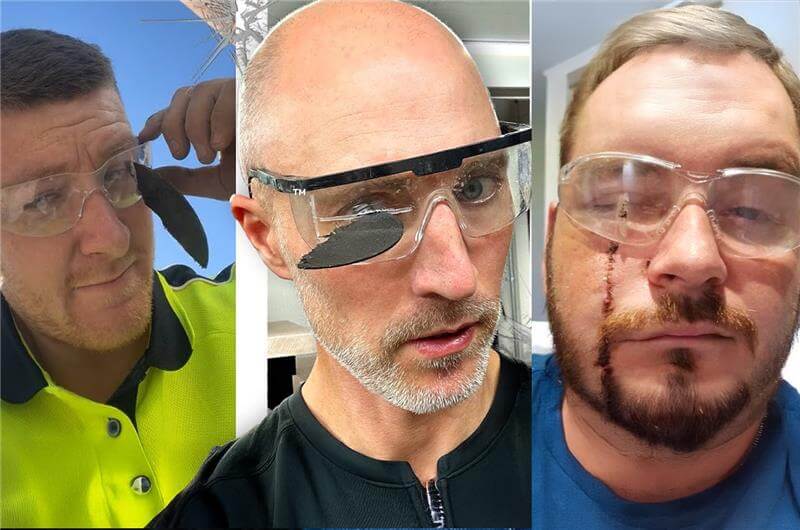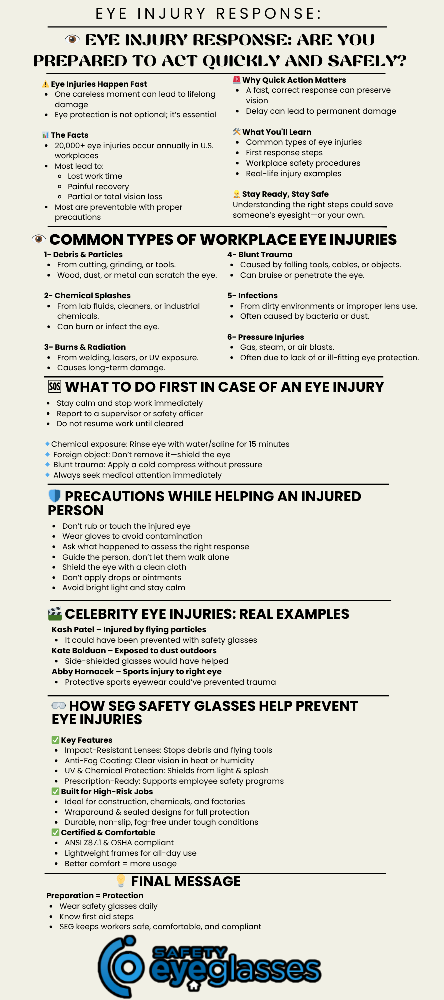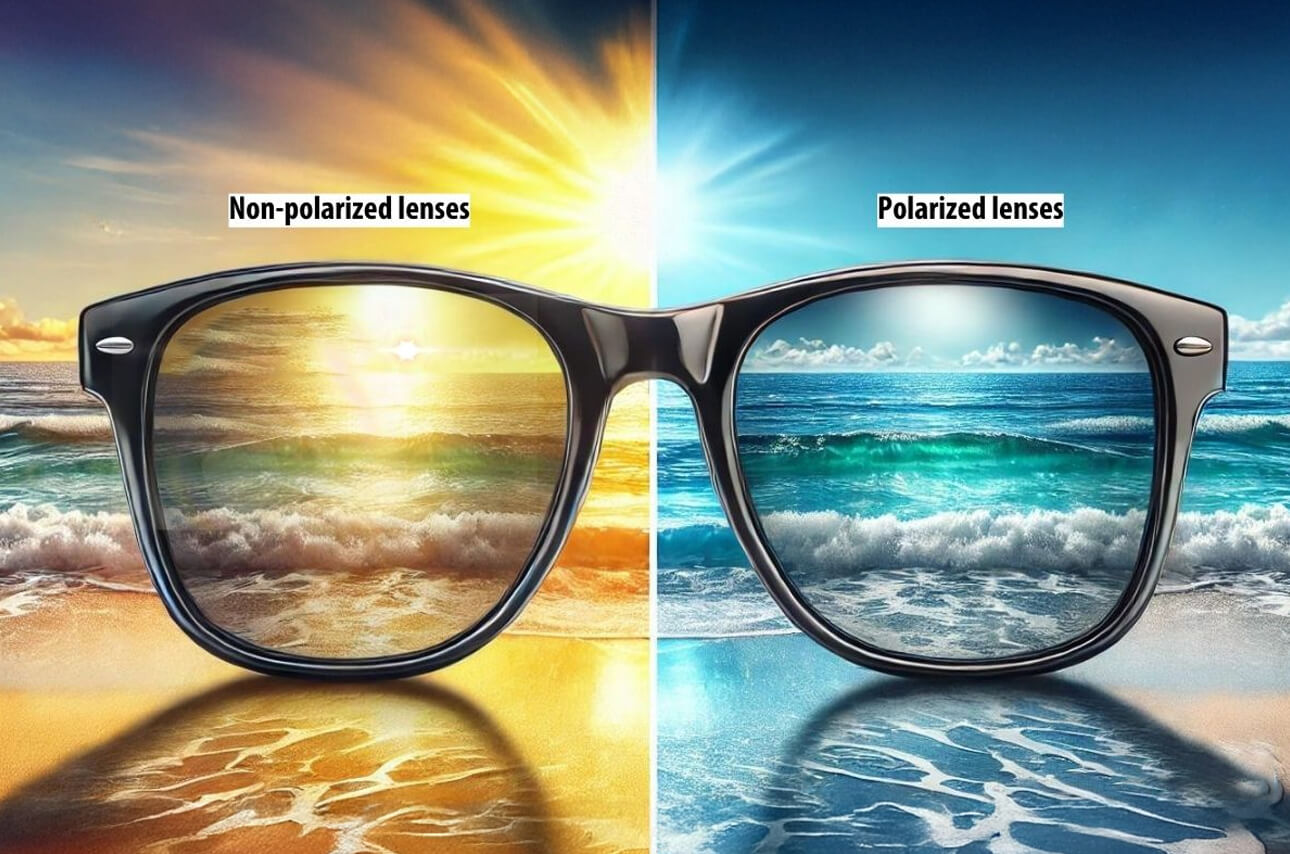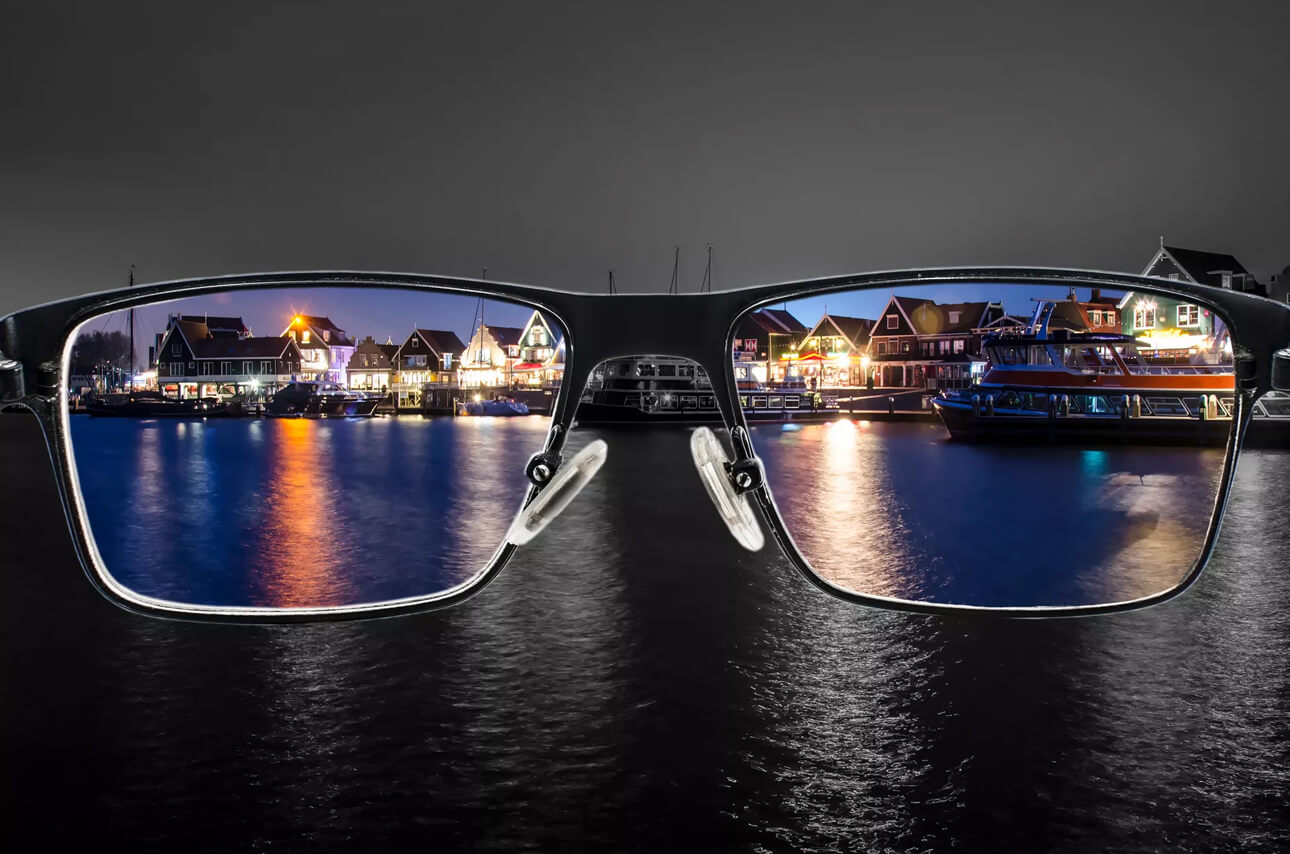
Blog
Eye Injury Response: Are You Prepared to Act Quickly and Safely?
Eye injuries may occur quickly. A careless moment can evolve into a lifetime. In the workplace, eye safety is not an option; it is necessary.
Over 20,000 eye injuries occur on work sites throughout the United States each year. Most of them result in lost time, extended recovery, or loss of vision. The bad news? They are largely avoidable.
It is crucial to understand what to do in the event of an eye injury. Rushing quickly and safely will prevent injury and preserve vision.
We will guide you through the basic steps for responding to an eye injury. You'll learn about typical injuries, first responders, safety procedures, and examples.

Common Types of Workplace Eye Injuries
Eye injuries come in different forms. They are either minor or severe.
1. Debris and Particles in Transit
These are from cutting, grinding, or tools. Wood, metal, or dust can scratch or get into the eye.
2. Chemical Splashes
Chemicals from lab chemicals, industrial fluids, or cleaning products can burn or infect the eye.
3. Burns and Radiation
Welders, laser operators, or those in high-heat settings risk eye burns. Infrared radiation and UV light can damage eyesight with prolonged exposure.
4. Blunt Trauma
Objects that strike the face, e.g., tools, cables, or falling objects, penetrate or bruise the eye.
5. Infections
Filthy environments or improper lens usage can lead to eye infections. The most frequent offenders are bacteria and dust.
6. Pressure Injuries
Strong gas, steam, or air blasts can potentially damage the surface of the eye. Most accidents occur when there is no adequate eye protection. Also, with PPE, inappropriate fittings or foggy lenses can compromise security.
What Is The First Step For An Eye Injury?
Be calm and take immediate action if you are suffering from an eye injury. Stop work immediately. Report to a supervisor or safety officer. Do not allow the injured employee to resume work.
Then, check the type of injury:
- For chemicals: Spend at least fifteen minutes washing the eye with water or saline.
- For foreign bodies: Avoid touching or removing the foreign body. Shield the eye lightly.
- For blunt trauma: Place a cold compress over the affected area without touching the eye.
Always get medical help. Vision is too valuable to risk. If there is an emergency eyewash station in the building, escort the person to it. Don't delay, seconds matter. Train all staff on this basic response. The quicker the response is, the better the result.
What Precautions Should be Taken While Assisting Someone With an Eye Injury?
A person with an eye injury must be treated carefully. It might get aggravated because of careless handling.
1. Do not rub the eye
Do not pinch, stroke, or compress the eye, although it may appear to be puffy or reddened.
2. Wear gloves
Use disposable gloves whenever possible to avoid becoming infected/exposed to chemicals.
3. Ask what happened
Determine what it is: a dust, a point object, or a chemical. This dictates how you should respond.
4. Guide, not drag
If vision is blocked, take the person to a safe location. Never let them travel alone.
5. Shield the eye
Protect the eye with a bandage or clean cloth while you wait for medical assistance.
6. Refrain from applying ointments and drops
Do not put anything in the eye unless a doctor instructs you to.
7. Avoid bright light
Eyes can be light-sensitive. Stay calm and be convinced
Precaution saves vision. Taking the correct action, you avoid further damage before physicians act.
How did The Following Celebrities get eye Injuries?
There may be eye injuries with anyone, including celebrities. These real-life stories show how quickly and intensely they can be. Safety glasses might have helped.
Kash Patel Eye Injury
Kash Patel incurred an eye injury at a public event when particles accidentally hit his eye. These forms of injuries are frequent in cases of fast-moving objects or forces.
Remedies: The injury may have been avoided if he had worn safety glasses to protect their eyes.
Kate Bolduan Eye Injuries
The journalist had eye problems because of dust and waste materials covering her eyes while working in the open.
Remedies: Protective glasses with side shields would have kept particles out and avoided discomfort.
Abby Hornacek Eye Injury
Television host Abby Hornacek also sustained an injury to the eye during her volleyball career at North Texas University. The hit was very traumatic to the right eye lens.
Remedies: Protective eyewear for sports would have reduced the risk.
How SEG’s Safety Glasses Prevent Eye Injuries?
SafetyEyeGlasses (SEG) offer glasses to protect people in harsh environments. They're not dust plugs. They're built for real dangers.
SEG safety glasses provide smart protection on the job site, in the lab, or when operating equipment. They're relied upon by safety professionals in all industries.
This is why SEG stands out:
Key Features of SEG Safety Glasses
- Impact-Resistant Lenses
Built to resist flying objects, tools, or friendly bumps.
- Anti-Fog Coating
Keeps eyes sharp in wet or hot conditions.
- UV and Chemical Protection
Shield eyes from dangerous light and splash exposure.
- Prescription Compatibility
Enforces clear vision with employee prescription safety glasses programs.
Advantages in High-Risk Situations
Construction, plant chemicals, and factory workers need durable equipment. SEG offers wraparound and closed-edge styles. They are particle, liquid, and fume-proof.
Frames are light yet sturdy, and when lenses collide, they don't break. Even under wet or nighttime conditions, SEG glasses do not slip or become foggy.
Compliance and Comfort
SEG glasses are ANSI Z87.1 and OSHA certified. That is, they are tested for real safety. When equipment is comfortable, more individuals will wear it more frequently.
Real-World Impact
One automotive plant lowered eye injuries by 45% when it converted to SEG eye protection. Employees gave longevity, comfort, and clarity high marks.
Preparation = Protection
Eye protection is a crucial, not an option. Reacting during an emergency preserves learning vision. So does wearing proper protection daily.
From prevention to first aid, every step counts. Whether you're on a job site or assisting a fellow worker, a rapid and safe response is crucial.
In the area of protection, SEG safety glasses provide the protection workers require. Preparedness saves lives and vision.







Leave your comment